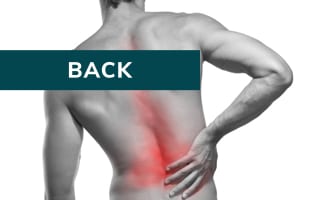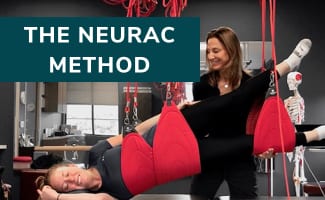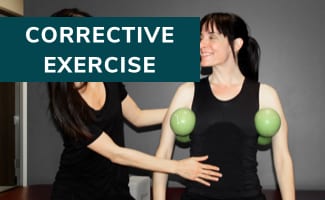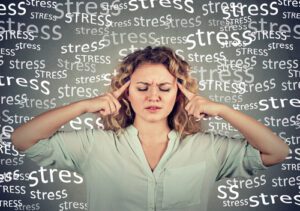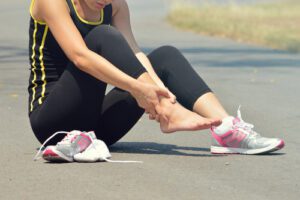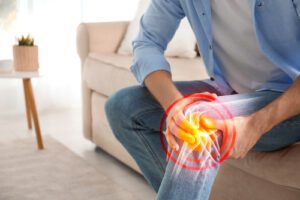Joseph Pilates brought his method of toning and conditioning the body from Europe to the United States in the 1920’s with a single studio opened in New York City. Legendary dancers George Balanchine and Martha Graham became early devotees, sending their students in flocks to his studio for training and rehabilitation. Nearly a century later, there are over 11 million people practicing Pilates regularly and 14,000 instructors in the United States.
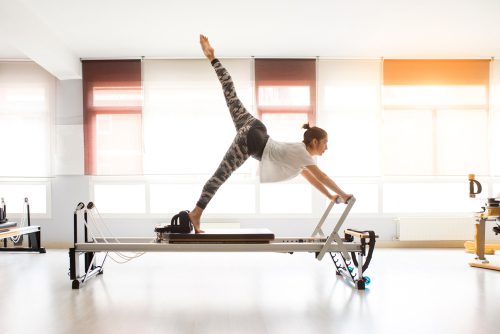
Pilates is still regarded as an ideal complement for professional dance training with many dance companies, studios, and undergraduate/graduate dance programs incorporating Pilates into their training. In fact, in our fair city of Austin, Texas, you will find that the Ballet Austin studios are also home to the Austin Pilates Center https://balletaustin.org/pilates/.
This article describes the Pilates method, answers the question of why it has been the workout of choice for dancers since it was brought to the United States, and discusses whether Pilates might be right for you.
What is Pilates?
The man behind the movement
Joseph Pilates was a gymnast and boxer that developed his method of strengthening and conditioning the body while imprisoned in internment camps during WWI because of his German heritage. It was in these camps that he also created prototypes of what was to become the Pilates apparatuses. Joseph later immigrated to the United States and along with his wife Clara opened the first studio where they established a devoted following amongst the dance and performing arts community. His students later went on to open Pilates schools themselves.

Beyond exercises
These days, Pilates is often associated with the wooden, spring-loaded apparatuses, the most prevalent of which is the Reformer. However, the original Pilates repertoire consists of 34 mat exercises that can be performed with no equipment or apparatus. These exercises are described in Joseph’s book The method encompasses much more than the exercises themselves but also the embodiment of 6 principles that together with the movements create a holistic mind-body approach: Modern Pilates studios have since expanded their exercises beyond the original repertoire to the effect that exercises may vary across studios. However, the 6 principles created by Joseph Pilates steadfastly remain. Professional dancers have already attained the height of physical fitness and are physically active for 8+ hours a day. Why is Pilates still a part of standardized dance training? Below are some of the ways dancers use Pilates to prevent injury, enhance technique, and feel their best on and off the stage. Although it may be intimidating for someone without a history of exercise to take on a workout that may as well have been designed for elite dancers, Pilates is for everyone, no matter your shape, size or physical condition. It has been a tried and true method over the past century for professional dancers, the injured, and people who have never stepped into a gym their entire lives. Studies have shown that Pilates is effective for “>decreasing pain and improving function in those with low back pain, although due to heterogeneity and flaws in the studies the evidence is still considered low quality. “Pilates is for EVERYONE, no matter your shape, size or physical condition.” Nonetheless, people have different goals and preferences when it comes to working out. Pilates may not be for you if you are looking for: However, if you are looking for a low-impact mind-body approach that has been proven to improve muscle strength, flexibility, posture, and balance, Pilates may be the workout you’ve been searching for. Most importantly, Pilates is fun. Do not be intimidated by the machines or the dancers and step into a studio today. Angel Young, PT, DPT is currently working towards her Pilates teaching certification. Physical Therapist, DPT Sources:
Why do dancers train in Pilates?

Not just for dancers


Angel Young
PT, DPT





